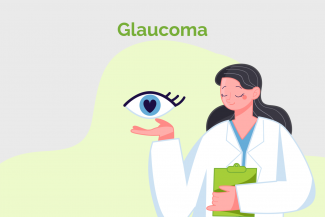
How should glaucoma be managed?
Glaucoma can be managed by following the treatment protocol specified in the Treatment section
How often should a patient follow up
After the initial examination and diagnosis, glaucoma patients are managed much like patients with other chronic disease, requiring regular visits to assess disease severity and response to therapy. Most patients will need periodic medical examinations, diagnostic testing for progression or new findings, and individualized management with drugs or procedures.
Once the diagnosis and treatment regimen are established, the average patient needs to be seen 3-4 times a year. Frequency of visits and testing also depends upon risks for progressive damage and severity of illness.
If you have diabetes, it is important to manage it well since diabetes causes more severe damage due to glaucoma










